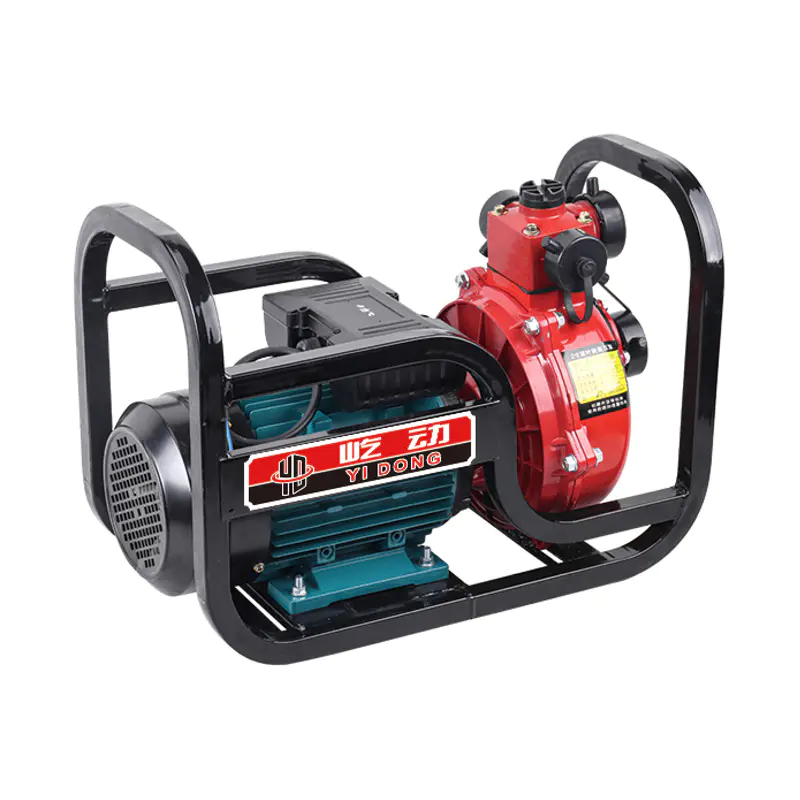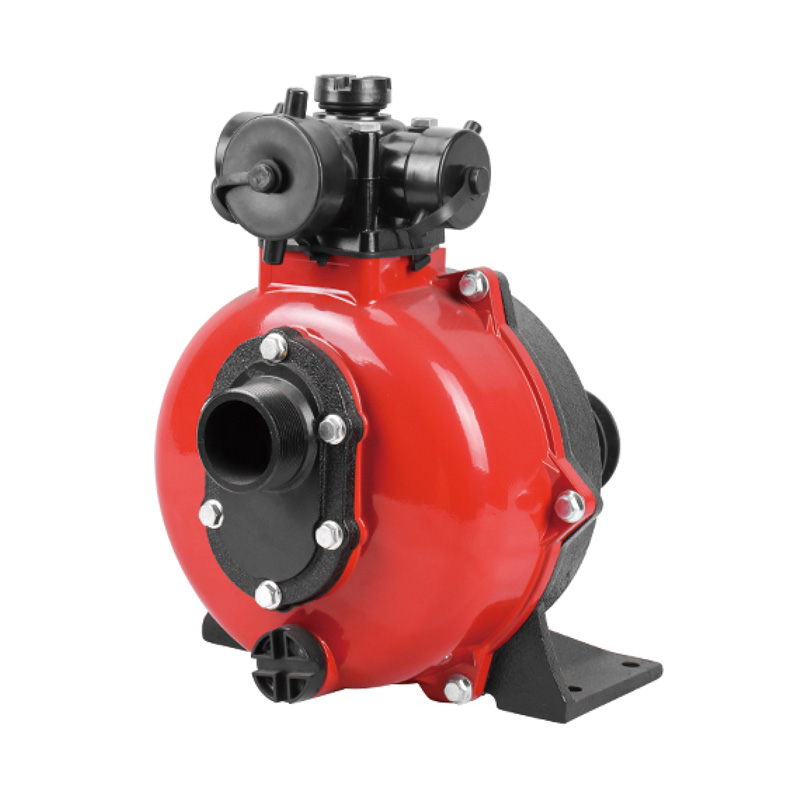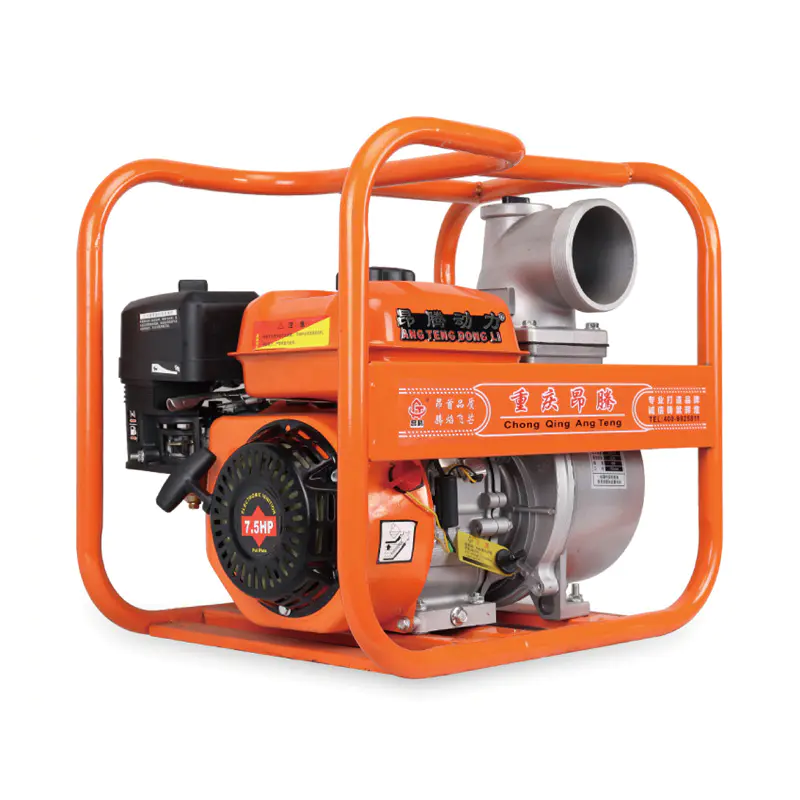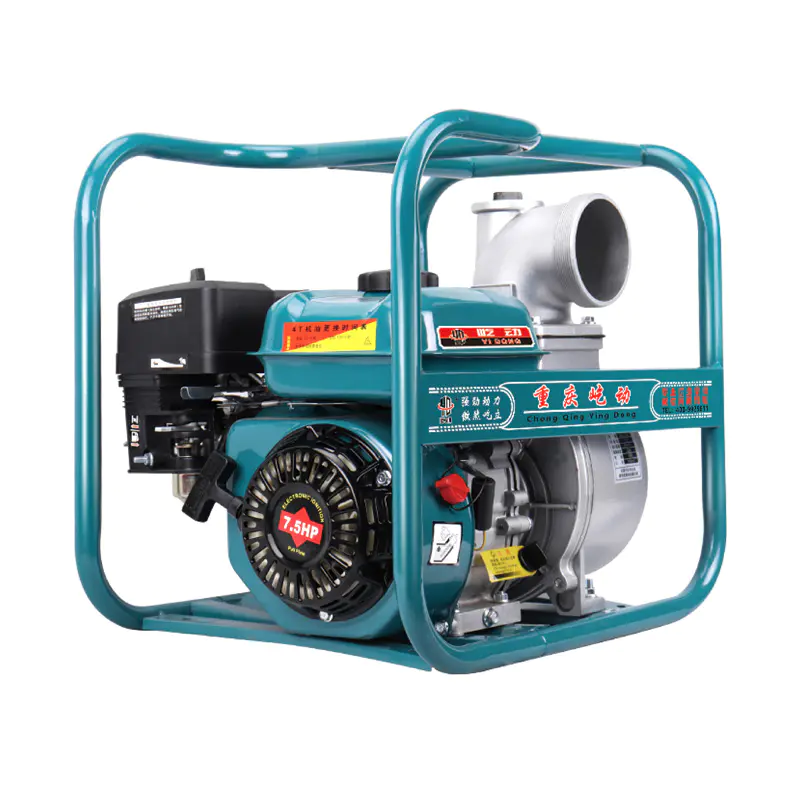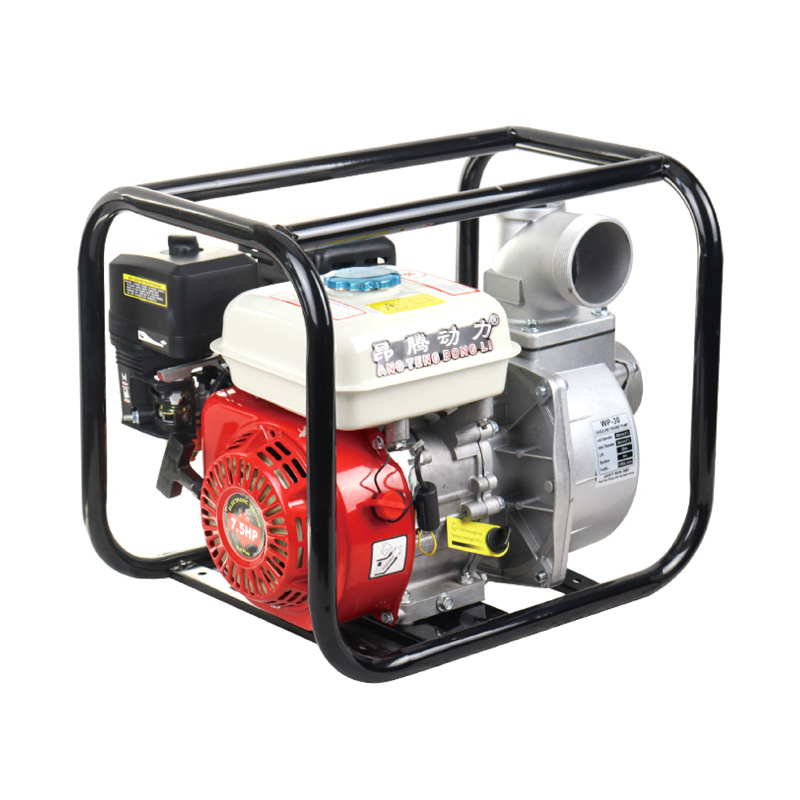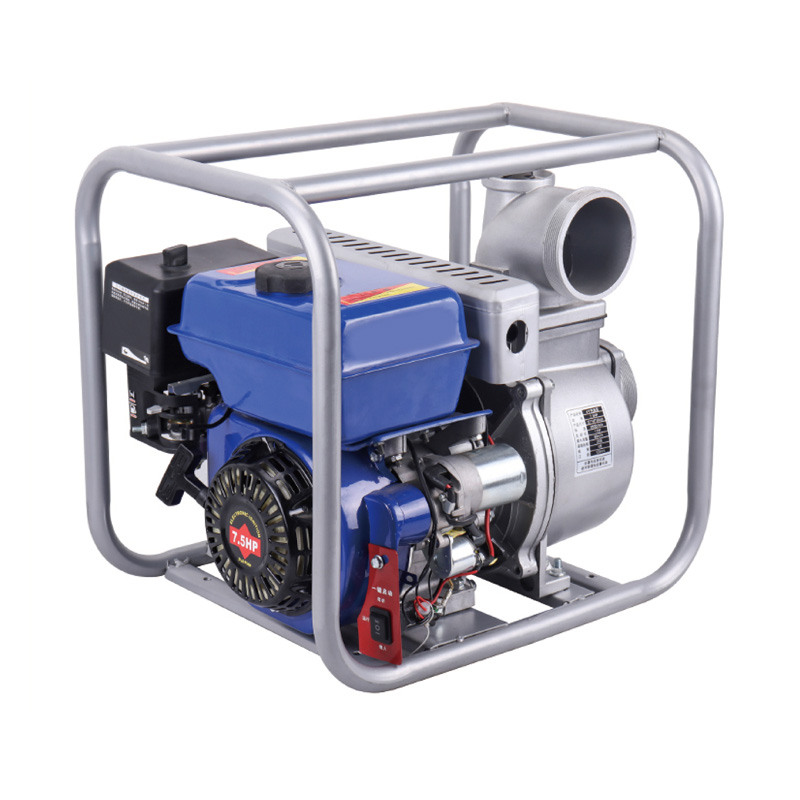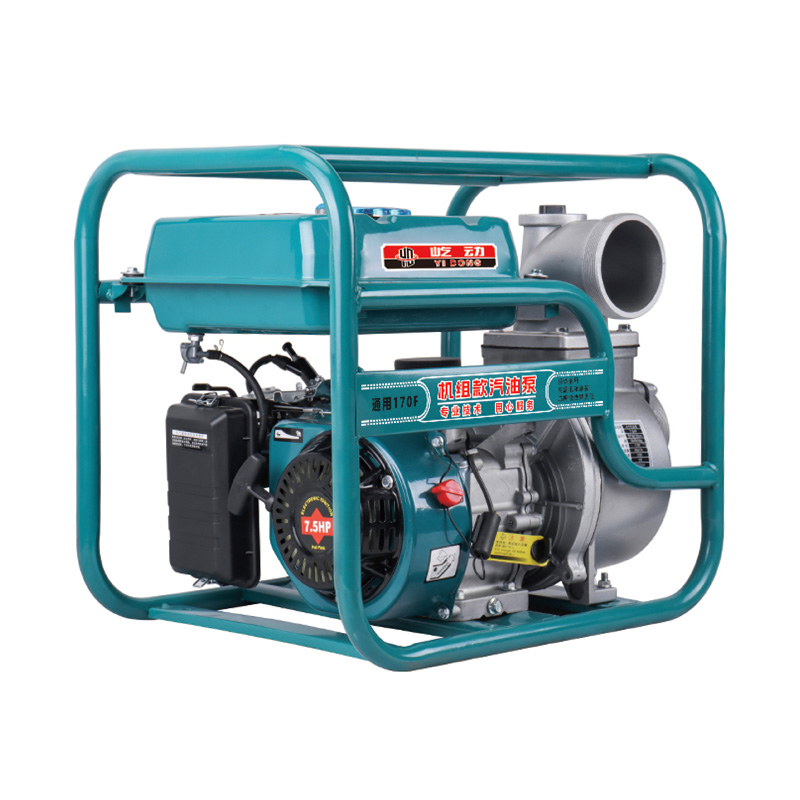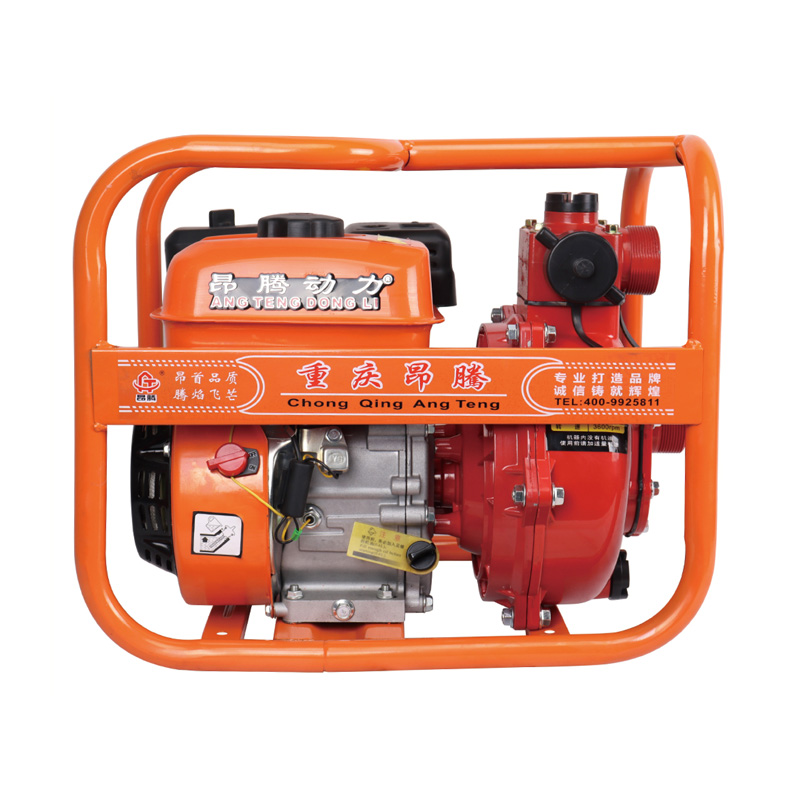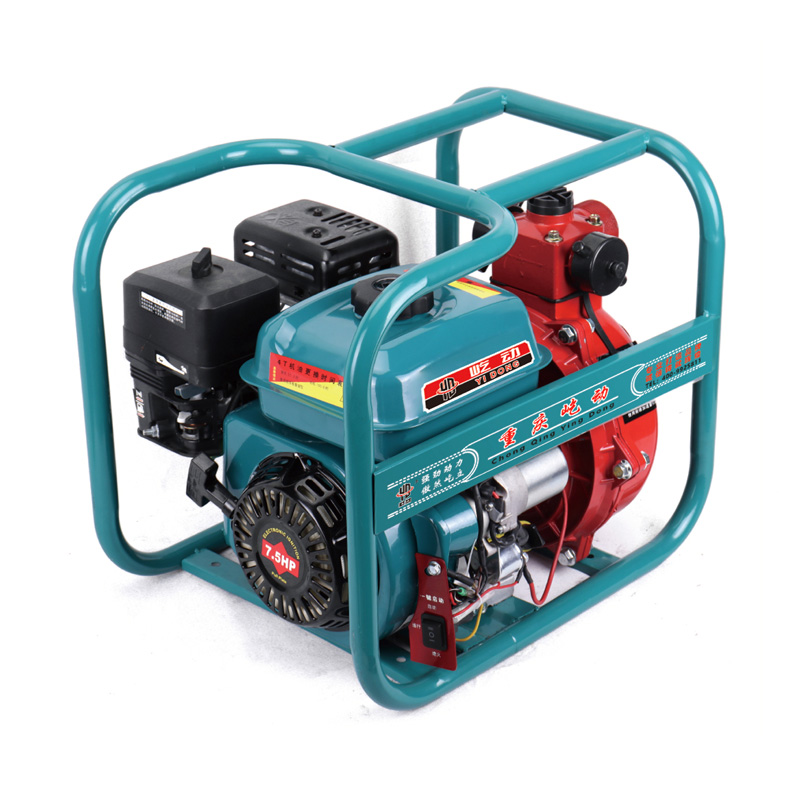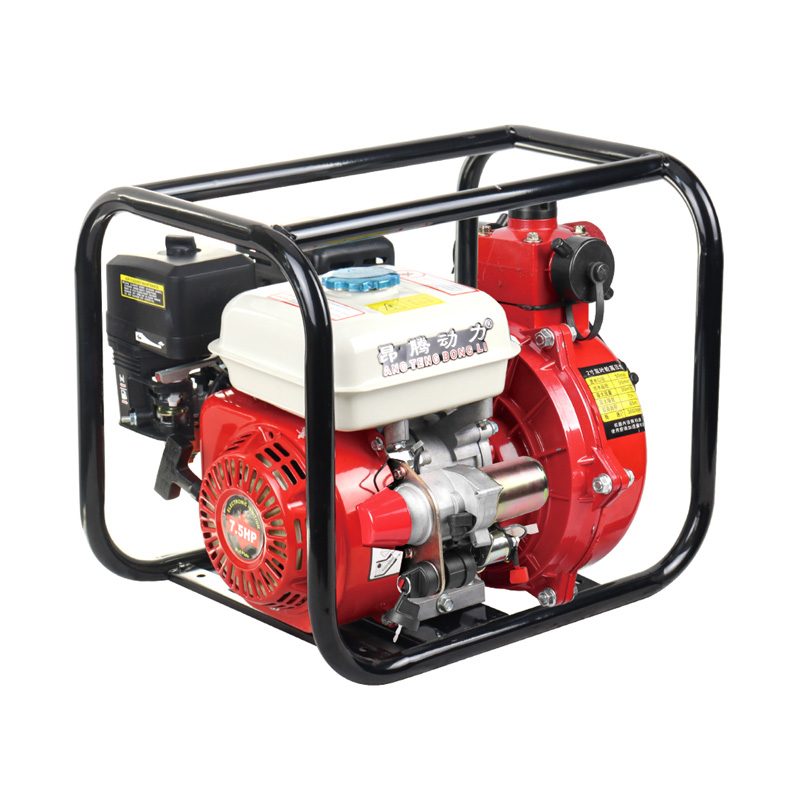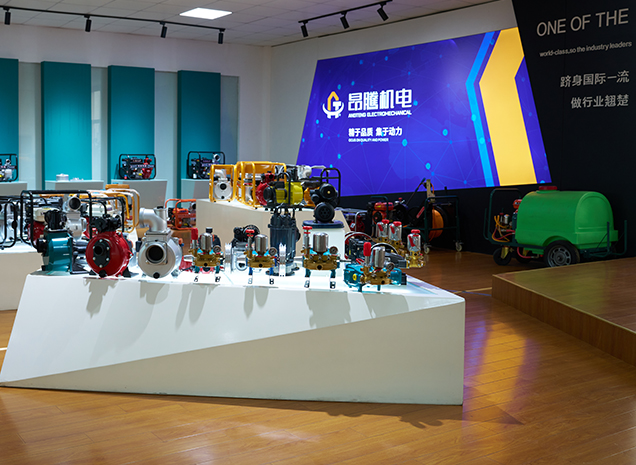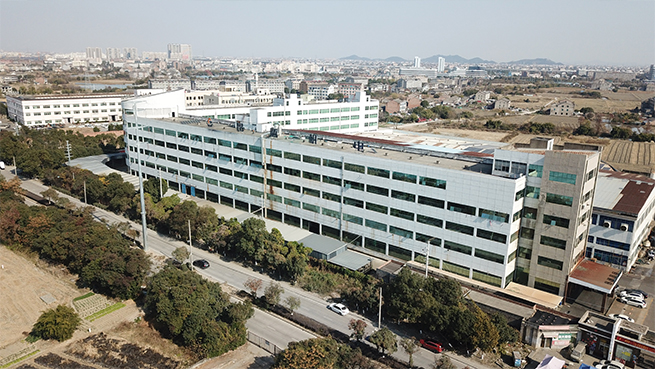What Are the Components of a Water Pump?
Each part has a specific function that contributes to the pump's overall performance. The following table outlines the major components of a typical water pump and their purposes:
|
Component |
Description and Function |
|
Pump Casing |
The outer shell that holds internal components and helps maintain water pressure during operation. |
|
Impeller |
A rotating disc with blades that increases water velocity and directs it toward the discharge pipe. |
|
Shaft |
Connects the impeller to the motor, transferring mechanical energy for rotation. |
|
Mechanical Seal |
Prevents water leakage where the shaft passes through the pump casing. |
|
Bearing |
Supports the shaft, reducing friction and ensuring smooth rotation. |
|
Suction Pipe |
Draws water from the source into the pump chamber. |
|
Discharge Pipe |
Directs the water flow out of the pump to the desired destination. |
|
Motor or Engine |
Provides the mechanical energy needed to drive the impeller. |
|
Control Unit |
Regulates pump speed, pressure, and safety mechanisms such as automatic shutoff. |
|
Base or Mounting Frame |
Ensures pump stability and alignment during operation. |
These components work in coordination to maintain water pressure, regulate flow rate, and reduce energy loss. A well-designed water pump emphasizes efficiency, durability, and ease of maintenance. Modern pumps also include features like temperature sensors, pressure regulators, and variable speed control to enhance performance in different water systems.
What Is the Main Power Source of a Permanent Magnet Variable Frequency Water Pump?
The permanent magnet variable frequency water pump represents a modern advancement in pump technology, designed for energy efficiency and precise control. Its main power source is electricity, specifically used to drive a permanent magnet synchronous motor (PMSM) through a variable frequency drive (VFD) system.
Here is how the system operates:
Permanent Magnet Motor (PMM): Instead of traditional induction motors that rely on electromagnetic fields, PMMs use built-in permanent magnets within the rotor. This design minimizes energy loss and ensures smoother operation.
Variable Frequency Drive (VFD): The VFD regulates the electrical frequency and voltage supplied to the motor, allowing the pump to adjust its speed according to demand. This means the pump can run slower when water usage is low and faster when higher flow is required, significantly improving energy efficiency.
Electric power for these pumps typically comes from a standard AC supply or renewable sources such as solar energy systems, depending on the application. For residential and industrial setups, a 220V or 380V AC power source is common.
The main advantage of using electricity as the power source lies in precise speed control, reduced noise, and lower maintenance costs. The permanent magnet motor’s high efficiency can help reduce energy consumption by up to 30% compared to conventional pumps. Additionally, variable frequency technology extends the pump’s lifespan by preventing rapid on-off cycling and reducing mechanical stress on components.
What Is an Electric Submersible Pump?
An electric submersible pump (ESP) is a type of centrifugal pump designed to operate while fully submerged in water or another fluid. It is widely used for deep-well water extraction, irrigation, sewage treatment, and industrial fluid handling. The key advantage of this design is that the pump pushes water to the surface rather than pulling it, resulting in greater efficiency and reduced risk of cavitation.
An ESP system typically includes the following components:
- Submersible Motor: A sealed, water-resistant electric motor that drives the impeller.
- Pump Stages: Multiple impellers mounted on a shaft to increase pressure as water moves upward.
- Seal Section: Protects the motor from fluid intrusion.
- Power Cable: Supplies electricity to the motor from the surface.
- Discharge Head: Connects the pump to the surface pipeline or wellhead.
The working process begins when the electric motor powers the impellers, which increase the kinetic energy of the water. This energy is then converted into pressure, allowing the water to flow upward through the discharge pipe.
Electric submersible pumps are preferred for deep water applications because they can operate at great depths and deliver a steady flow rate. They are also quiet, compact, and efficient, making them suitable for residential wells, municipal water systems, and oilfield operations. Proper maintenance, such as monitoring electrical insulation and sealing performance, ensures long-term reliability and safe operation.



 English
English русский
русский Français
Français Español
Español عربى
عربى